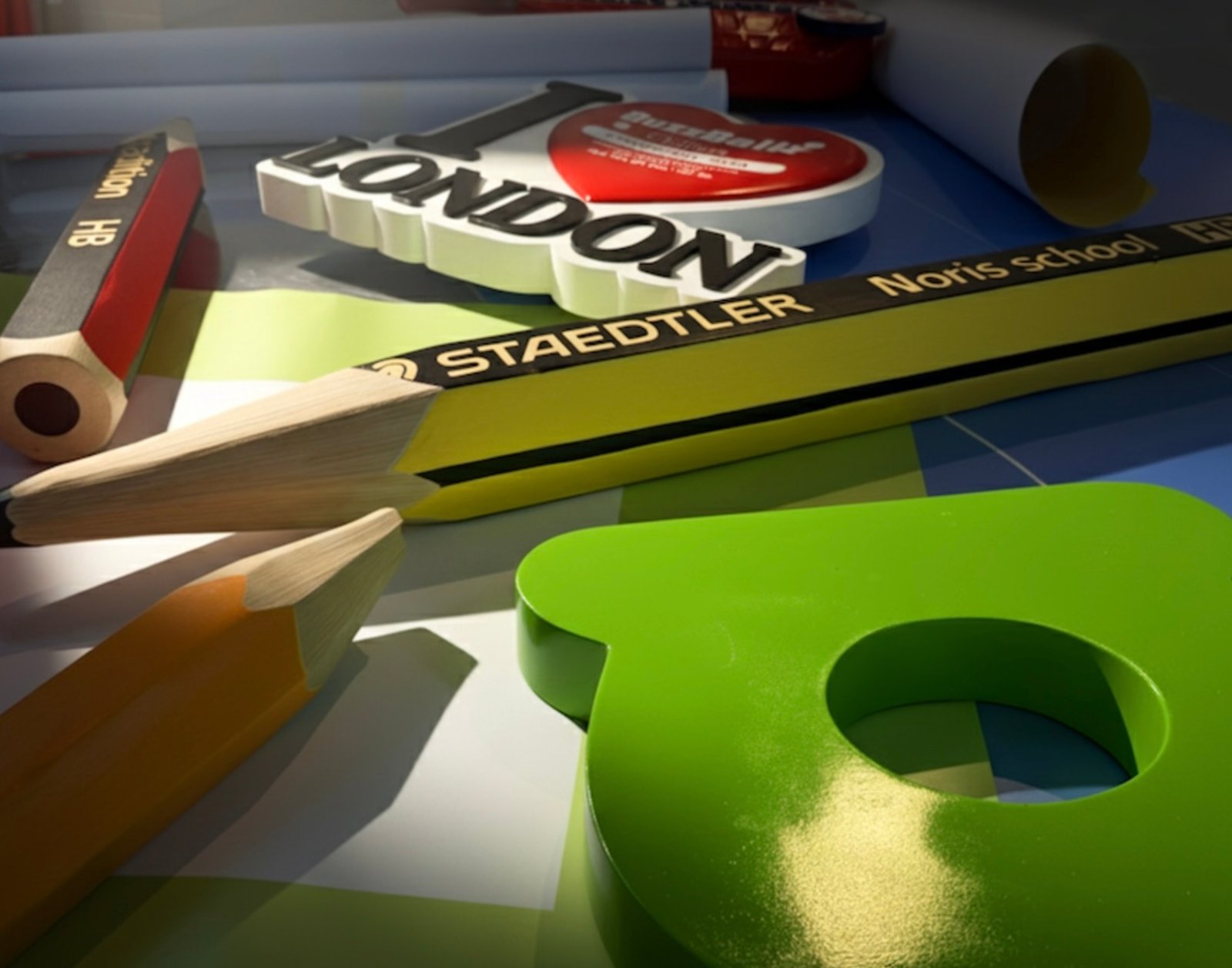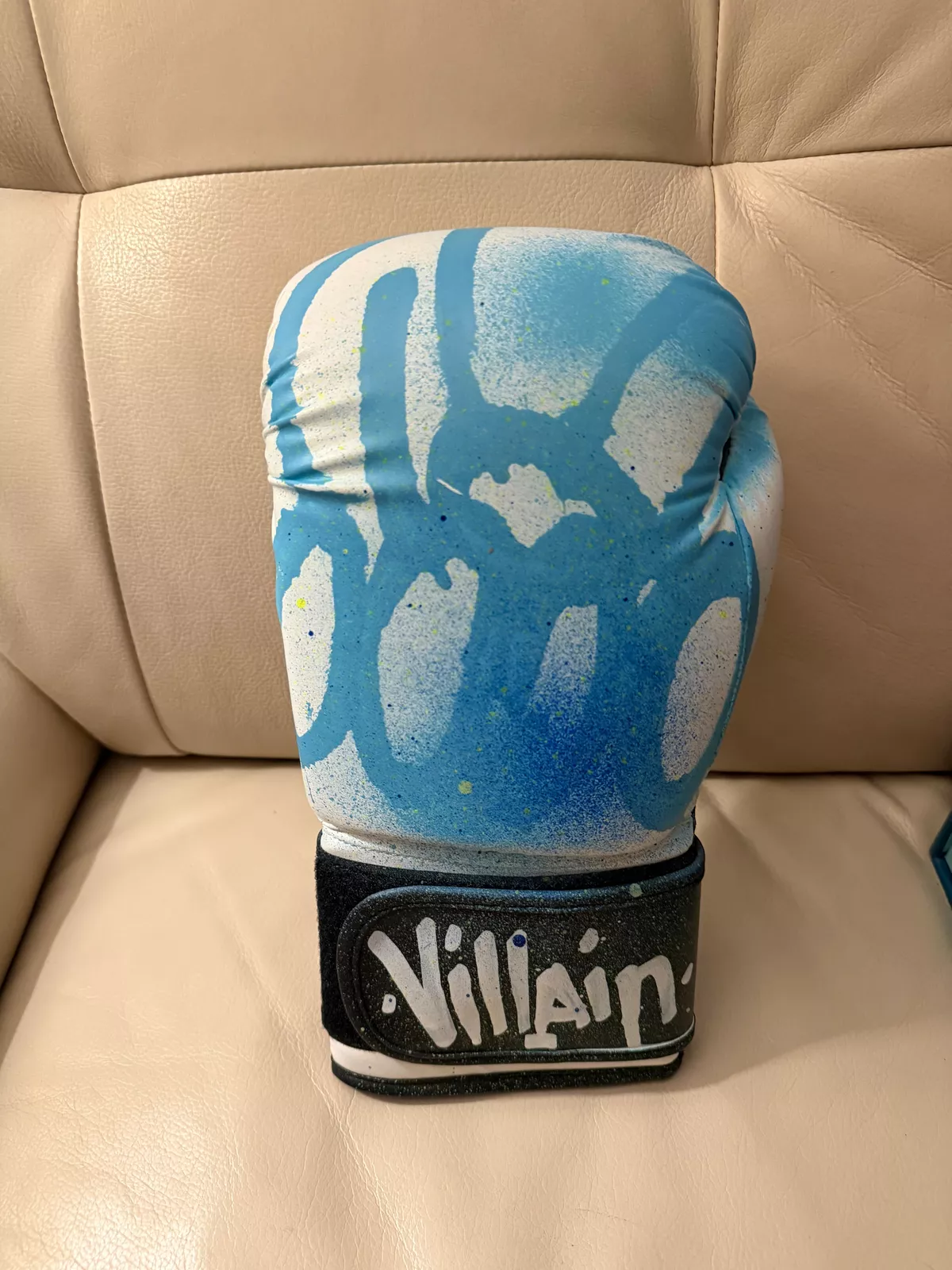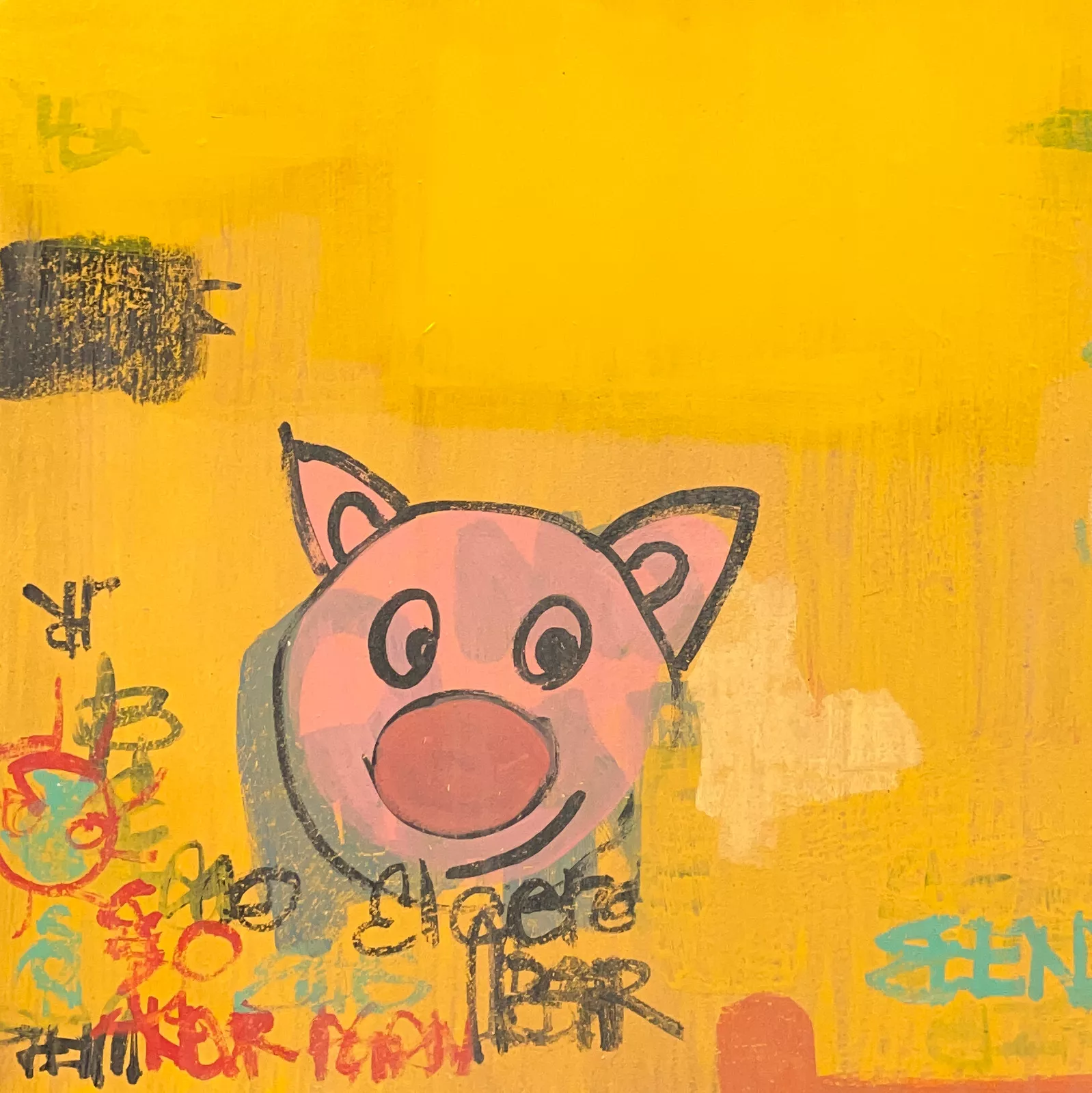In Piotr Szczur’s oil painting The Only Mechanic in the Desert, a lone figure kneels before a battered machine under the pitiless sun. No other life is visible. No buildings, no birds, no signs of rescue or audience. It is just him and the engine, the metal, the sand, and the silence. What might at first glance appear to be a genre study—“man at work”—unfolds on closer examination into something much deeper: a visual parable of survival, mastery, and existential persistence in a landscape stripped of all comfort or distraction.
The mechanic in Szczur’s canvas is not simply maintaining a vehicle. He is maintaining reality. In the absence of civilization, his tools are instruments of continuity, his labor a bulwark against collapse. His is a solitary defiance, both humble and profound. The painting becomes not just a portrait of a person, but a story of human dignity etched in grease and sunburn.
The Solitary Figure: A Study in Contradictions
The composition anchors itself around a paradox: the man is alone, yet central; he is vulnerable, yet powerful. Szczur’s choice to depict a single figure with no narrative context—no identifiable landmarks, no dramatic action—creates a sense of timelessness. The mechanic is not a specific person; he is an archetype. He could be from any era, any culture. His work is his identity.
This contradiction—between insignificance and significance, isolation and authority—drives the emotional force of the painting. There is no indication that anyone will ever see what he does, and yet he persists. His presence feels less like a visitation and more like an occupation of the land. He is not passing through; he belongs here now.
The desert, rendered in burnt golds, ochres, and faded whites, seems indifferent to his efforts. And yet, that same indifference grants the mechanic his quiet dominion. He operates without instruction, without hierarchy, and without external reward. Szczur presents him as the sovereign of this wasteland—not through conquest, but through competence.
Aesthetic Precision: Texture as Narrative
Szczur’s technique enhances the painting’s thematic weight. His oil medium is thick and textured. One can almost feel the coarseness of the sand, the dry rust on metal, the sweat drying on the mechanic’s back. Every stroke feels intentional, with rough patches echoing the rough conditions of the terrain, and finer detailing focused on the hands, the tools, the crumpled folds of fabric—the loci of labor and identity.
The use of light is equally deliberate. Harsh, angular light cuts across the frame, not just illuminating the figure but also casting stark shadows that eat into the ground. These contrasts heighten the drama of the scene: the sun is both life-giver and tormentor, a force that clarifies and obscures. The mechanic is caught in this elemental push and pull.
Perhaps most telling is Szczur’s treatment of the horizon. It is not a line of possibility. It is an abstraction, a blur of heat and dust. The outside world exists only as potential—not quite real, not quite reachable. What matters is within a few feet of the mechanic. Beyond that: ambiguity.
The Mechanic as Symbol: Myth, Literature, Survival
Though modern in technique, The Only Mechanic in the Desert is mythic in scope. The painting invites comparison with classical and modern figures alike.
Sisyphus, from Albert Camus’ existential retelling, is the most obvious analogue. Like Sisyphus, the mechanic repeats his task in isolation. There is no triumphant outcome, no applause. And yet, in that repetition, there is meaning. The act of fixing—even if nothing lasts—is an act of rebellion against the absurd.
Another reference is Samuel Beckett’s Waiting for Godot. The desert mirrors the barren, recursive world in which Beckett’s characters wait for something undefined. The mechanic does not wait; he acts. But the existential terrain is similar. There is no assurance of success, only the necessity of doing.
And then there is Cormac McCarthy—particularly The Road. The mechanic could be a distant cousin to McCarthy’s man and boy, surviving in a collapsed world with only fragments of the old order. Tools and knowledge, stripped of context, become sacred. The ability to repair something—anything—is holy work.
From a mythological perspective, the mechanic can also be seen as a Prometheus-like figure: one who steals fire (or knowledge, or control) from a world that offers nothing freely. Unlike Prometheus, however, there is no audience, no gods, no narrative arc. The painting’s beauty is in its refusal to explain. It simply is.
The Desert: A Spiritual and Cultural Setting
The desert is not just scenery. It is the crucible in which the painting’s themes are forged. In nearly every religious and philosophical tradition, the desert represents trial, purification, confrontation with the self.
- In Christian mysticism, the desert is the site of Christ’s temptation and solitude.
- In Islamic and Sufi traditions, the desert represents a stripping away of distraction to encounter divine truth.
- In Buddhist parables, similar barren settings are stages for enlightenment or illusion.
Szczur taps into this symbolic lineage but does not render it dogmatically. His desert is spiritual only in the sense that it reveals the core of human existence. It reduces life to work, will, and the elemental interaction between person and environment.
This spiritual quality is not romanticized. It is harsh, even brutal. But it is also clean—free of excess, free of artifice. The desert does not lie. And in that honesty, the mechanic finds not comfort but clarity.
Post-Apocalyptic Minimalism: Modern Contexts
It’s tempting to read Szczur’s painting as a scene from a dystopian future—some wasteland after climate collapse or economic ruin. The broken-down vehicle, the lack of infrastructure, the total abandonment of modernity all point toward a post-apocalyptic reading. And this reading is not wrong.
The painting can be seen as a warning or a meditation on survival in the aftermath of failure—political, ecological, societal. In such a world, the role of the mechanic is no longer mundane. It is heroic. The ability to repair, to adapt, becomes the new power. And the cost of that power is solitude.
But this future-facing lens also reinforces something more universal. Whether set in the future or the present, the mechanic’s work is not just practical—it is ontological. It defines his being. He exists because he fixes. He fixes because he exists. The loop is closed, self-sustaining, almost monastic.
Polish Subtext: History and National Memory
Szczur is a Polish painter, and while the painting avoids overt references to nationality or politics, its origins do add a layer of interpretive richness. Poland, as a nation, has endured repeated invasions, occupations, partitions, and uprisings. The figure of the solitary worker, surviving through skill, adaptability, and quiet endurance, echoes the lived history of a people who have been tested time and again.
During the Communist era, the “man of labor” was a propagandistic symbol—heroic, productive, loyal. But Szczur’s mechanic is not that caricature. He is not watched or celebrated. He is unseen. And in being unseen, he becomes more real.
There is also the legacy of the Solidarity movement, where Polish workers, particularly shipbuilders and industrial laborers, became the unlikely leaders of resistance. Szczur’s mechanic could be viewed as a descendant of that lineage—less political, perhaps, but still steeped in the ethic of survival through competence.
In this context, the painting’s silence is not passive. It is defiance. It says: I remain.
Philosophical Implications: Autonomy and Meaning
At the heart of the painting is a question: Is this man free?
On one hand, he is autonomous. No boss, no clock, no distractions. He does what he must, on his terms. He answers only to the task.
On the other hand, his freedom is confined. He cannot leave. He cannot rest. The desert gives him no exit, and the machine demands his continual attention. This is not so much freedom as containment with purpose.
This duality reflects broader philosophical questions about the human condition. What does it mean to be autonomous in a world that offers no support? Is meaning something we find, or something we make through repetition and repair?
Szczur doesn’t answer. The painting leaves it open. The mechanic is free, and he is not. He is powerful, and powerless. What he builds may break tomorrow. And yet, he fixes it today.
A Quiet Epic: The Hero We Never See
In a world of spectacle and distraction, Szczur’s painting is an act of resistance. It refuses to entertain. It refuses to explain. It just presents a figure who continues.
There is no drama. No climax. No end. The hero is not rewarded. He is not even recognized. And yet, in this very lack of reward or witness, the mechanic becomes something larger.
He is every parent who works alone to keep a household afloat. Every teacher who prepares a lesson no one notices. Every craftsman, janitor, coder, doctor, delivery worker—anyone whose contribution is real but unseen.
The desert may be literal. It may be metaphoric. But it always tests. And The Only Mechanic in the Desert is a celebration of those who pass the test not with victory, but with persistence.
Impression
Piotr Szczur’s painting is not loud, but it lingers. It does not instruct, but it resonates. The image of the solitary mechanic becomes a mirror, a challenge, a comfort. It reminds us that even in the most barren spaces—geographic, emotional, existential—purpose can be found in the simple act of doing what needs to be done.
He may be the last of his kind. Or the first. But he endures. And in that endurance, there is beauty. Not the beauty of escape, but of staying. Not of winning, but of continuing.
When the world collapses, the story will not be told by the victors. It will be told by the ones who kept the engines running.
No comments yet.








